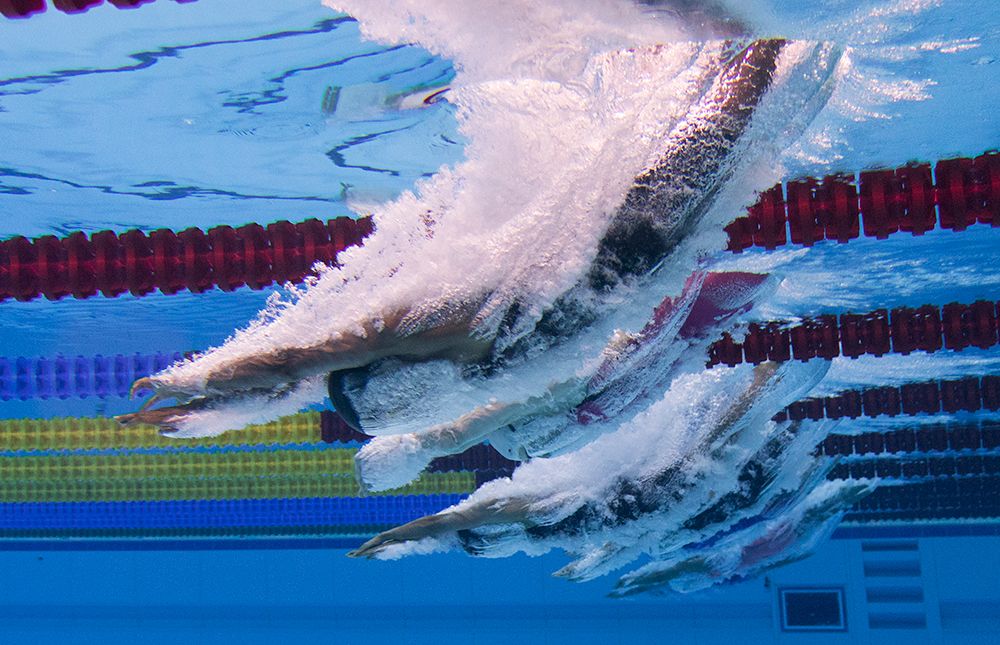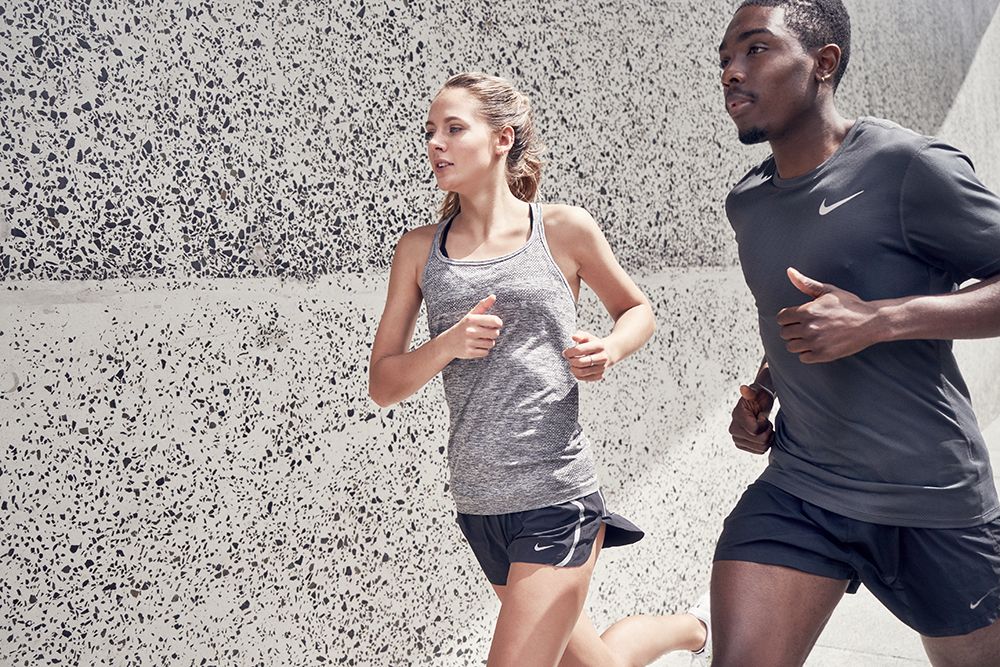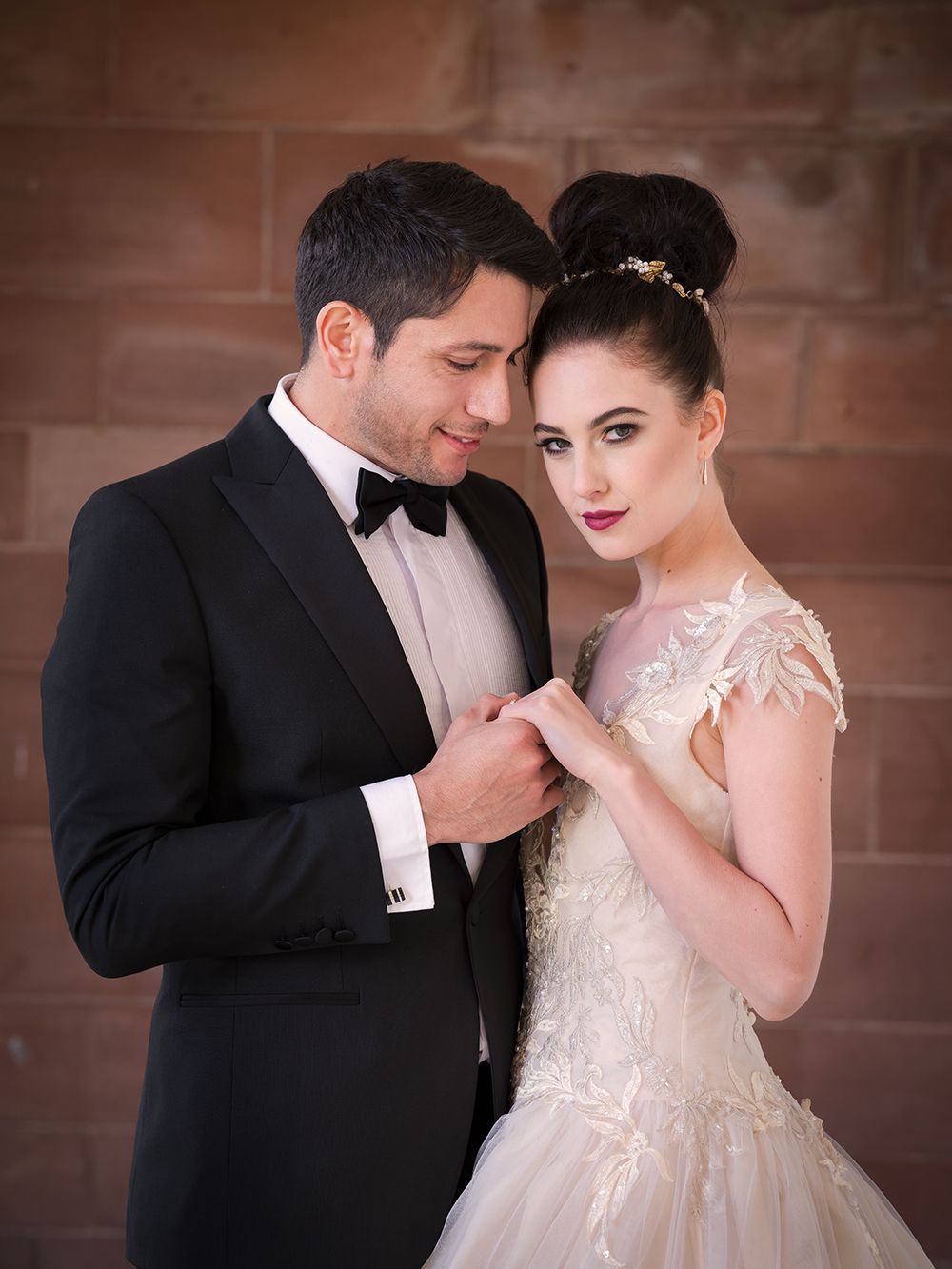Jon is an established photographer and well known for the exclusive access he is granted. His area of expertise is to follow his subject intently, be it an individual or situation, and document the whole story, returning to his subject over and over again.
We recently caught up with Jon in the Fixation showroom and asked him about his work.
 © Jon Nicholson
© Jon Nicholson
How did you first get interested in photography?
I can’t really remember to be honest. I would take pictures with a friend for fun, climbing around the old Battersea power station in the late 70’s and processing film in the bath, with not much success! Then I got into windsurfing and that’s really when I thought I would give it a whirl and start taking pictures, as I loved – and still do – going to the beach, stormy clouds etc… that would have been around 1980.
 © Jon Nicholson
© Jon Nicholson
You worked a lot in the sports industry before concentrating on the more intimate, behind-the-scenes work. How did that transition come about?
Following on from above, once I got the bug I would really study the great photojournalists of the time; the obvious names like Don McCullin etc., thinking I should do this in sport. My old pal Damon Hill then got the drive at Williams F1 and I suggested that we should do a book showing what life was really like for a top sports personality. I showed Damon a book by Walter Iooss on Michael Jordan called Rare Air. It’s a brilliant book and is a great guide to shooting a behind the scenes story with somebody as huge as Jordan. That was 1994 and Damon was racing with Ayrton Senna after a year with Prost. Ayrton got killed and Damon became huge. Following that, a lot of sporting teams asked me to do projects with them. After a while I wanted to move into other areas and my strength was getting access and putting long term projects together, plus I started to read the newspaper covers and wanted to shoot more global issues, so off I went, working with papers like the Guardian, Observer and Mail on Sunday.
 © Jon Nicholson
© Jon Nicholson
You work a lot with aid agencies, covering current affairs. Do you find you have to disassociate your personal feelings when photographing in these situations, or would that be detrimental to your work?
I spent years working with UNICEF from New York to Africa, covering stories on HIV/AIDS, conflict and post conflict stories, so I saw some stuff. I am by no means a war photographer but in that part of the world during the 90’s there was some fairly nasty things going on and you couldn’t help but be affected by it. I would wear my sunglasses all the time and that gave me a barrier, but there comes a time when it gets to you. I was going to Darfur to shoot a project with the UN and and was the only guy allowed in there at the time. I wanted to shoot this in a different way so I was going to do a series of digital composite images. The Sunday Times magazine were going to run it and I had an exhibition planned in the west end, but before I went, my daughter Maisy had said to some friends we were lunching with that I was going to Darfur to get Shot!!! At that point I decided that I had to stop that kind of work. I did almost get shot and very nearly got caught up in a very nasty life ending situation. So to answer your question – yes, but also no; you are there because of the person you are and how you work and interact with the scene. I don’t think I was any different as a person.
 © Jon Nicholson
© Jon Nicholson
Any interesting projects that you’re working on at the moment?
Yes, I’m working on a three year project which is on Working women in Asia. It’s for a corporate client from Singapore, all in black and white as well which I love. Travelling throughout Asia at my own pace at different times of year and doing what I want….how lucky am I in this day and age?!! This finishes in March next year so as a freelancer it’s time to get the thinking cap on. About 90% of my work is self generated and I’m fortunate enough to get funding for it.
I am also starting a semi-fictional piece of work in the footsteps of my father, based around St Tropez and Southern Spain and using digitally manipulated images. It’s about adoption – something close to my heart as I was adopted at three days old. I know my mothers side of my background and even know my birth Uncle. Sadly my mother is no longer alive, but at least I have a great deal of info, and I know my father’s name and age and where he came from.
I tend to buzz around a few projects at one time.
 © Jon Nicholson
© Jon Nicholson
You’ve been a customer and friend of Fixation’s for a long time. How much do you rely on us for your work?
Well Bob Martin told me to go to Fixation in about 1986 and I have been coming to you ever since. I am a Leica M user and over the years have relied on Fixation, mostly when using Nikon and you are an essential tool in my toolbox. Fixation gave all of us professional photographers what we needed and still need do – and now you supply Leica I will be continuing my long friendship with you all! We are a lonely bunch and it would great if you had a bar! We could all get together and talk rubbish to each other.
 © Jon Nicholson
© Jon Nicholson
You still shoot film for some of your work. Do you feel this gives you an edge by effectively slowing you down?
I don’t think it gives me an edge, but I think it reiterates my passion for what I love to do – take pictures. Yes it slows you down and makes you think about the image you are making. Our industry, as we know, has been murdered by digital technology but without knowing how to shoot film how can I work digitally properly? It makes my work better. Plus I use the Leica Monochrom 80% of the time and that puts me in a mental state of shooting film, popping in the old Tri-X or HP5. Shooting both is brilliant! waiting for the negs to comeback from Metro and that excitement of seeing what I got or missed is a thrill in itself. Whilst writing this I am working in Sri Lanka shooting on my Hasselblad 503 and FP4 (plus my Leica’s).
 © Jon Nicholson
© Jon Nicholson
When we spoke recently we were discussing guitarists and their guitars, and about the relationship players have with their instruments. With your style of photography, do you feel the same bond with your cameras?
Yes definitely – I think in the film days when we didn’t change our gear as often, I certainly had favourite cameras and lenses. Even now my Leica’s have names; my Leica Monochrom is called Lulu and my M240 called Elsa after my two youngest daughters. A bit silly maybe, but actually in a way I’m trying to share what I see whilst I am away. I use these two the most as the Leica M’s are the best cameras for what I do, and I feel very attached to them. I also use my Hasselblad 503 called Sam (my son), a 5 x 4 camera called Maisy, and a Gandolfi 10 x 8 camera called Molly… And the camera with no name is a Noblex panoramic camera.
 © Jon Nicholson
© Jon Nicholson
You use quite a variety of different cameras in your work. Any particular favourites?
As I mentioned above, they all have a place but my Leicas are undoubtedly my favourites at the moment.
I saw recently that your 2001 book, Land Of The Cowboy, is to be republished. You must be pleased?!
In 1996 I started a personal project looking at the cowboy and the pressures facing that way of life. Shot mainly in Texas, New Mexico and Arizona, it was then commissioned into a book. It was all shot on film using a 5 x 4 MPP (I shot loads of type 55 Polaroid!), my Leica M6’s, and a Hassleblad X-Pan.
 © Jon Nicholson
© Jon Nicholson
Now, almost 20 years later, it is to be re-published including 20 or so new images, again shot on 5 x 4 – both film and type 55 – which I shall do so later this year. I’m particularly pleased as there is no funding needed, and it’s a solid body of personal work – probably my best during my career for many reasons. Looking at the prints I made back then, they have a beauty that is hard to find with digital. And let’s face it – who doesn’t want to ride across the plains of Texas, singing Willie Nelson songs!
Expected publishing date Autumn 2018.
Jon was talking to Tim Stavrinou. For more information on Jon’s work, visit his website www.jonnicholson.co.uk and follow him on Twitter @jonnicphotos



 During the London 2012 Olympics he was appointed as Photo Chief. He was a consultant on photographic issues to the Rio 2016 Olympic organising committee and is currently consulting for the IOC looking at the Tokyo Olympics in 2020.
During the London 2012 Olympics he was appointed as Photo Chief. He was a consultant on photographic issues to the Rio 2016 Olympic organising committee and is currently consulting for the IOC looking at the Tokyo Olympics in 2020.






 When Sony announced the A9 earlier this year, we approached Jack and asked him to try the camera alongside his usual Canons. As luck would have it, he was planning to shoot a couple of athletes for his latest fitness portfolio – something the A9 would be perfect for.
When Sony announced the A9 earlier this year, we approached Jack and asked him to try the camera alongside his usual Canons. As luck would have it, he was planning to shoot a couple of athletes for his latest fitness portfolio – something the A9 would be perfect for.




















